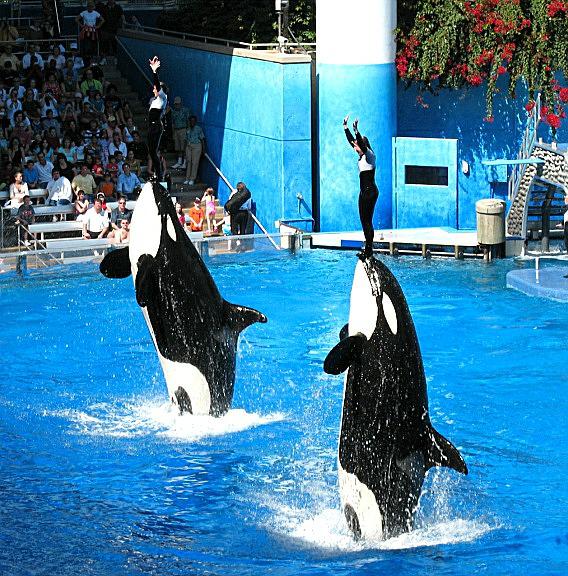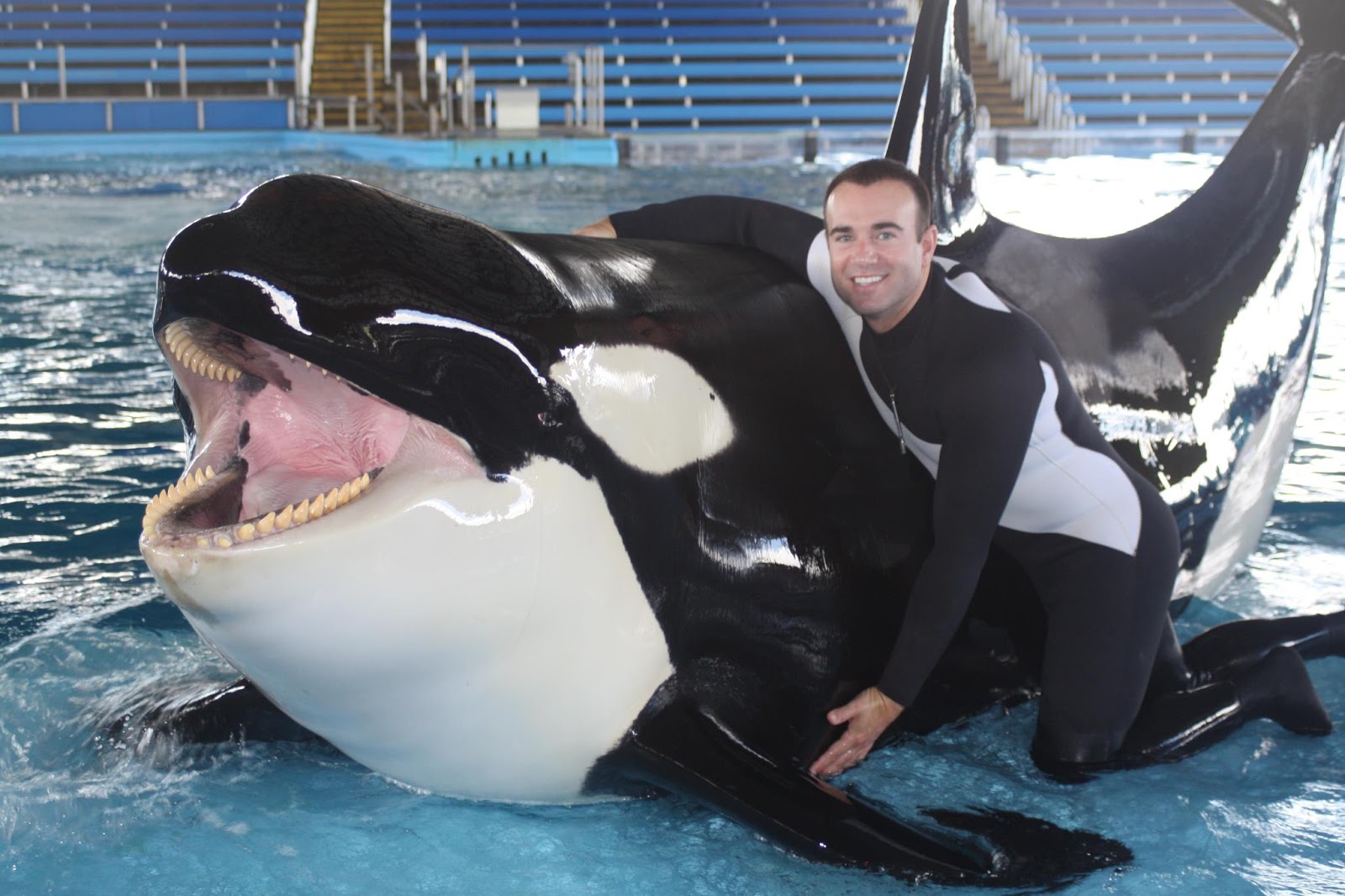Blackfish: The Tale from Both Sides
It's not always black and white...
Unless you've been under a rock for the past year, you've probably heard of the controversial film Blackfish. Blackfish has ignited a heated dispute on whether killer whales should be held in captivity or not. It all started at Sea World Orlando, where a senior killer whale trainer Dawn Brancheau was killed in 2010 by a male orca named Tilikum. This blog post will attempt to view the issue on hand from both sides. There's actually so much to talk about the documentary, so I will split the issue on two posts so that the people who actually read this blog won't get bored.
Blackfish is a very scary film. Very. When I watched the film on my laptop, I was genuinely outraged at Sea World for abusing these beautiful and majestic animals. But as I looked closely, the film seemed to have several gaps in their logic. After doing some research online, it seemed that while many people are calling Sea World "evil for blaming Dawn for her own death" and "wicked for imprisoning these animals in bathtubs", there were also numerous sites dedicating to calling Blackfish a lie. Former trainers have called the film a sham and even the family of Dawn Brancheau has distanced themselves away from the filmmakers. Many have called the director Gabriela Cowperthwaite an ardent animal rights organizer who used the film as sheer propaganda. Here's the real scoop on Blackfish. The next post will explain the effect of Blackfish on the public and the future of killer whales in captivity.
Blackfish has its weaknesses and strengths, much like any other film. However, the issue they present on hand is very touching. Many can attest to the power of a documentary and Blackfish is no exception. The film shows baby killer whales being captured and separated from their mothers, Tilikum as a young male being cooped up in a tiny sea pen, killer whales being forced to do cheesy tricks for pure human entertainment, and much more horrific footage. The real life footage is interwoven with former killer whale trainers that solidifies the film's evidence and claims. Quite simply, Sea World needs to change many of its actions if it wants to continue. Many marine mammals are not suited for captivity and killer whales should have massive tanks and not interchanged like playing cards throughout the park.
In addition to the horrifying footage of the deaths of Dawn Brancheau and another part time trainer Keltie Byrne (happened in the past involving Tilikum), there are other documented cases of both trainers and killer whales being harmed with Sea World's foolhardy methods. Let's look at the majority consensus: Killer whales are not meant to be in captivity. They do not get enough exercise, their dorsal fins flop over (as seen above), they are meant to be in the wild, they are not meant to do tricks, etc, etc. The list of problems that Sea World faces are mounting as people clamor for the release of Sea World's killer whales. Sea World is at fault in many areas, such as not adequately training many of the killer whale trainers and failing to implement safety protocols that would've prevented the death of the trainer Dawn Brancheau. However, there is another side to story that has been rarely told to the masses furious at Sea World for abusing these beautiful and majestic creatures. Remember, no matter how horrifying a documentary is, there is always two sides to a story.
Sea World has launched a massive campaign to combat Blackfish, calling it lies and propaganda. They have called the director an animal-rights activist desperate for fame and attention, they have took out whole news articles to advertise, they even published an analysis of Blackfish, criticizing practically every scene and line. I'm going to be one of the first to say that Sea World has had its mistakes. But after reading the analysis, something started to smell fishy. For one, the trainers interviewed in Blackfish had little to none experience with killer whales or Tilikum, the killer whale in question. Senior trainers were shunted aside for other trainers in order to stay consistent to the movie's theme. In the words of Sea World: " Blackfish employs false and emotionally manipulative sequences concerning the collection and separation of killer whales: Through stock footage and video mismatched to the narrative, the film implies that SeaWorld collects killer whales from the wild and separates mothers and calves. NEITHER IS TRUE" More is on the included link below:
Blackfish is also criticized for using animal rights activists as scientists, spinning an entirely false story of the death of Dawn Brancheau, and suggesting that Sea World is indifferent to employee safety. The director has even been accused of calling a trainer to ask her to not go public until AFTER THE ACADEMY AWARDS, which was considered a favorite to be nominated for Academy Award. It has become clear that Blackfish was made with an agenda, with little concern to balanced opinions. Sea World's counterattack may be considered unnecessary, but some of its explanations are pretty air-tight.

Despite Blackfish's inconsistent evidence and agenda, it still brings up a very controversial question: Are killer whales meant to be in captivity? There is no denying the shortened lifespans, the injuries of both trainers and orcas, the idea of how the killer whales ended up at Sea World in the first place. However, I do agree with the training protocols with orcas. Orca training is based on positive reinforcement, meaning a behavior is rewarded with a treat. If the orca truly didn't want to do the behavior, they would just swim away. Sea World doesn't use all of their orcas in their shows. Recently, OSHA denied Sea World's appeal to reinstate close contact with trainers and killer whales, marking the danger of working with top predators in such close proximity. Jumping out of the water isn't exactly unnatural, compared to dogs standing on their hind legs or elephants doing headstands in the circus. Every killer whale trainer agreed that they loved their job and their orcas and tried their hardest to care for them in the best manner possible. But the question is: is it enough?



